Throughout history, certain creatures have captured our imagination with their sheer size and mysterious nature. Among these, the giant ground sloth stands as one of the most fascinating prehistoric mammals to have roamed the Americas. While conventional scientific wisdom tells us these enormous creatures went extinct thousands of years ago, persistent reports from remote regions of South America have fueled speculation about their possible survival. This article explores the history of giant sloths, examines the evidence for and against their continued existence, and investigates the cultural significance of these remarkable animals in both scientific circles and local folklore.
The Ancient Giants: What Were Ground Sloths?
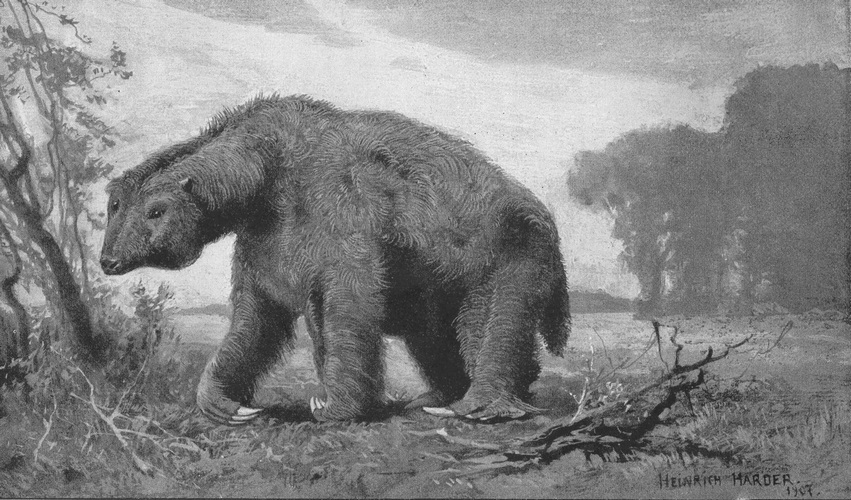
Giant ground sloths were massive mammals that once inhabited the Americas from Alaska to Argentina during the Pleistocene epoch. Unlike their smaller, tree-dwelling modern relatives, these behemoths could reach sizes comparable to modern elephants, with the largest species, Megatherium americanum, standing up to 20 feet tall when reared on its hind legs. Their powerful claws, originally evolved for pulling down branches, made them formidable creatures despite their herbivorous diet. These animals possessed robust skeletal structures with massive limbs and powerful shoulder muscles that supported their browsing lifestyle. Scientists believe they lived in family groups across varied habitats, from forests to grasslands, adapting to different environmental conditions throughout their evolutionary history.
The Extinction Timeline: When Did They Disappear?
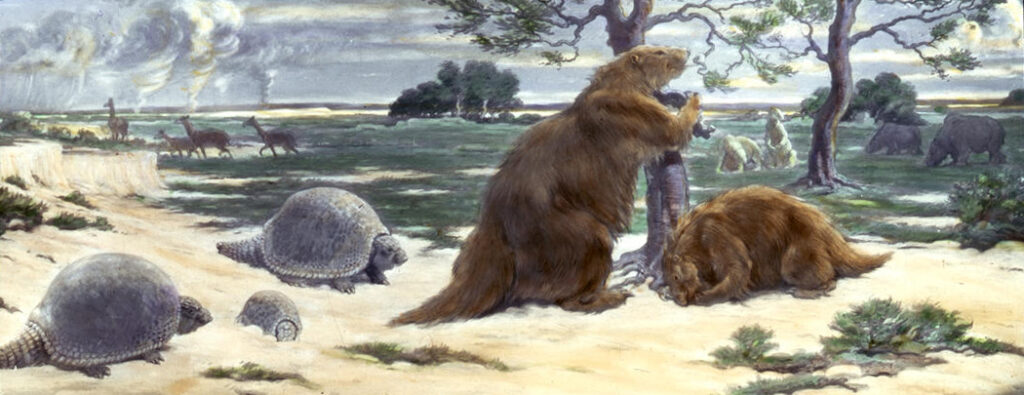
The conventional scientific consensus holds that giant ground sloths disappeared approximately 10,000 years ago, coinciding with the end of the last Ice Age. This timing aligns with what paleontologists call the Quaternary extinction event, a period when numerous megafauna species vanished across the globe. The most recent confirmed fossil evidence of Megatherium dates to around 8,000 years ago in South America, though some isolated populations may have persisted on Caribbean islands until about 4,400 years ago. This extinction correlates strongly with two significant factors: dramatic climate change as glaciers retreated and the arrival and expansion of human populations throughout the Americas. The combination of these pressures likely proved too much for the giant sloths, whose slow reproduction rates and specialized diets made them particularly vulnerable to environmental changes.
Human Interaction: Did We Hunt Them to Extinction?

Archaeological evidence strongly suggests that early humans hunted giant ground sloths, potentially contributing significantly to their extinction. Excavations from sites across North and South America have revealed sloth bones bearing distinctive cut marks from stone tools, indicating human butchering. Perhaps most compelling is the discovery of human footprints preserved inside giant sloth tracks at White Sands National Park in New Mexico, suggesting direct pursuit and interaction between humans and these massive creatures. Some paleontologists argue that the giant sloths’ lack of previous exposure to human hunters made them particularly vulnerable to our species’ advanced hunting strategies and tools. This “overkill hypothesis” remains one of the leading explanations for why giant sloths and many other large mammals disappeared shortly after human arrival in their habitats, though climate change certainly played a compounding role in this complex extinction scenario.
The Mapinguari Legend: Folklore or Living Fossil?

Deep within the Amazon rainforest, indigenous tribes tell tales of a terrifying creature known as the Mapinguari—a massive, foul-smelling beast with long claws and reddish fur that leaves distinctive claw marks on trees. These descriptions bear striking similarities to what we know about giant ground sloths. The Mapinguari is said to stand upright on its hind legs, possess a single eye or mouth in its abdomen, and emit a terrible odor that can stun hunters—elements that, while fantastical, contain kernels that coincide with ground sloth characteristics. Indigenous accounts describe the creature as nocturnal and extremely powerful, capable of uprooting trees and deflecting arrows with its tough hide. What makes these stories particularly intriguing to cryptozoologists is their consistency across diverse indigenous groups separated by significant geographical distances, suggesting they might be derived from actual encounters rather than pure mythology.
Modern Sightings: Credible Reports or Mistaken Identities?
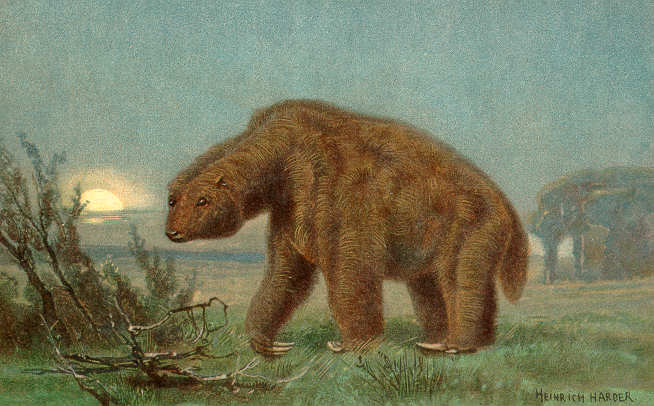
Over the past century, numerous expeditions into remote regions of South America, particularly the Amazon basin and Andean foothills, have returned with reports of large, sloth-like creatures. In 1994, Brazilian scientist David Oren compiled dozens of eyewitness accounts from rubber tappers, indigenous people, and local settlers describing encounters with what could potentially be surviving ground sloths. These accounts typically describe massive, bipedal creatures with long claws and reddish-brown fur moving through dense jungle areas, often at dusk or during nighttime hours. Skeptics point out that the humid, densely vegetated environments where these sightings occur create perfect conditions for the misidentification of known animals like bears or large primates. Furthermore, the lack of clear photographic evidence or physical specimens despite increased human presence in these regions raises significant doubts about the reliability of such reports. Nevertheless, proponents argue that the remote, largely unexplored nature of parts of the Amazon could potentially harbor relic populations of prehistoric animals.
The Scientific Perspective: Could They Have Survived?
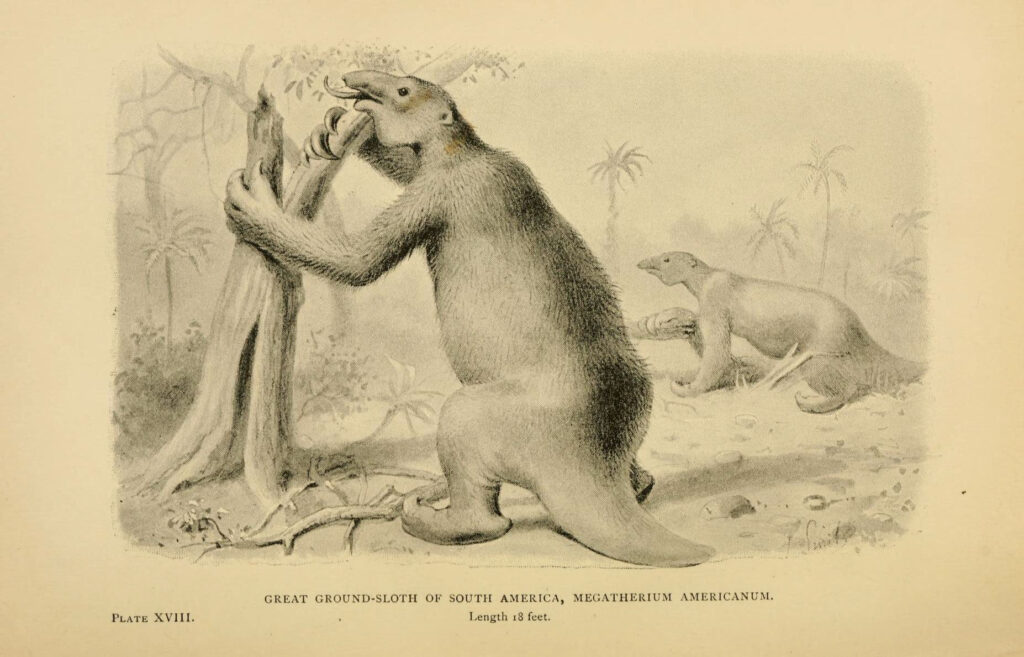
From a strictly scientific standpoint, the continued existence of giant ground sloths faces significant biological and ecological challenges. These animals required substantial food resources to maintain their massive bodies, which would make them difficult to overlook in even the most remote ecosystems. Additionally, viable animal populations need minimum numbers to maintain genetic diversity, meaning not just one or two sloths would need to have survived, but a breeding population. Paleobiologists point out that the distinct ecological niche occupied by giant sloths—large browsing herbivores—appears empty in modern South American forests, suggesting their absence. Furthermore, no remains of giant sloths dating later than the early Holocene (around 10,000 years ago) have been scientifically documented or dated, creating a substantial temporal gap that would need explanation. However, some scientists maintain that extremely remote areas with suitable habitat could potentially harbor relict populations of animals previously thought extinct, as evidenced by other “Lazarus taxa” discovered in modern times.
Evidence Assessment: What Would Prove Their Existence?
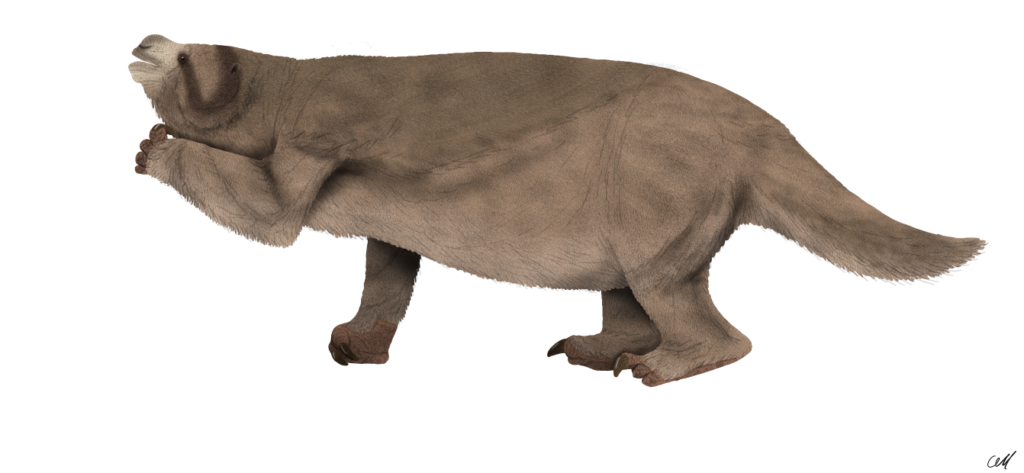
To definitively prove that giant ground sloths still exist would require substantial physical evidence meeting rigorous scientific standards. The gold standard would be a living specimen or at least a complete carcass that could be examined by multiple independent researchers. Short of this, DNA evidence from fresh tissues, blood, or exceptionally well-preserved hair samples that could be sequenced and matched against known ground sloth genetic material would be compelling. Clear video or photographic evidence showing distinctive anatomical features unique to ground sloths would also provide strong support, particularly if captured by multiple independent sources. Fresh footprints with characteristic ground sloth morphology, alongside contemporary ecological evidence such as feeding sites with the distinctive browsing patterns associated with these animals, could also contribute valuable data. Until such evidence emerges, the scientific community rightfully maintains skepticism while acknowledging that remote regions continue to yield surprising zoological discoveries each year.
Habitat Considerations: Where Could They Hide?
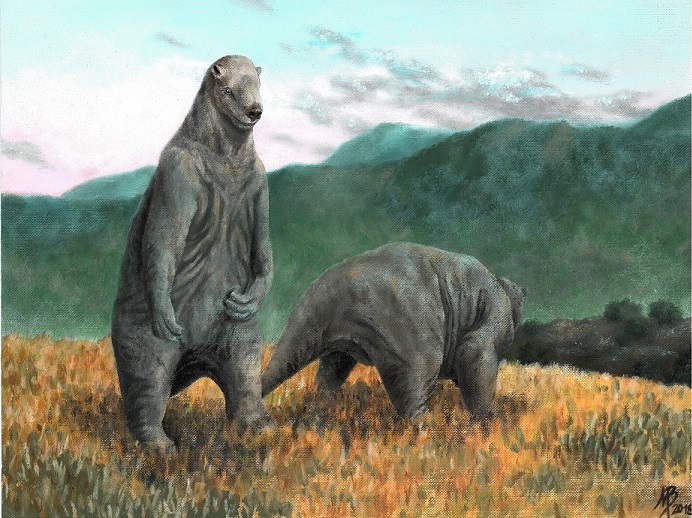
If giant ground sloths have indeed survived to the present day, the most likely refuge would be the densely forested regions of the Amazon Basin or remote Andean valleys. These areas feature several characteristics that could potentially support a relict population: extremely limited human access, dense vegetation providing both food and concealment, and ecosystems that have remained relatively stable since the Pleistocene. The Amazon rainforest alone covers over 2.1 million square miles, with significant portions still lacking thorough scientific exploration. The interface between the Andes mountains and the Amazon forests creates particularly remote microhabitats with varied elevations and vegetation types that could provide ideal conditions for large herbivores requiring substantial browsing opportunities. Furthermore, these regions experience seasonal flooding that restricts human access and creates isolated ecological islands where populations could potentially remain separated from human detection. However, increasing deforestation and development threatens these potential refuges, which would make the long-term survival of any large, undiscovered mammals increasingly unlikely.
Similar Cryptid Cases: Lessons from History
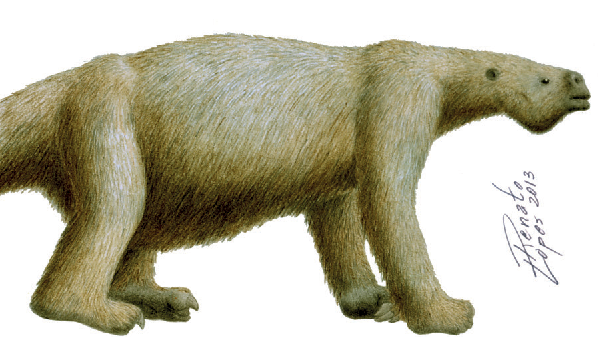
The case of potentially surviving giant sloths bears interesting parallels to other once-dismissed cryptids that proved to be based on real animals. Perhaps most famously, the mountain gorilla was considered mythical by Western science until 1902, despite consistent reports from local populations. Similarly, the okapi, a relative of the giraffe, was known only through indigenous accounts until its scientific discovery in 1901. More recently, the saola, a large forest-dwelling bovine, remained unknown to science until 1992 despite its significant size. The coelacanth fish offers another compelling example—believed extinct for 65 million years until a living specimen was caught off South Africa in 1938, demonstrating that even large vertebrates can escape scientific detection for extended periods. These precedents suggest caution before dismissing persistent local accounts of unknown large animals, particularly from remote regions with limited scientific exploration. Nonetheless, these discoveries represent exceptions rather than the rule, and the burden of proof for extraordinary claims about surviving prehistoric megafauna remains appropriately high.
Modern Exploration Efforts: Searching for the Truth

Several organized expeditions have ventured into remote South American regions, specifically searching for evidence of surviving giant sloths. Notable among these was Brazilian paleontologist David Oren’s series of expeditions in the 1990s, which sought to investigate Mapinguari reports across the Amazon basin. More recently, smaller research teams equipped with camera traps, environmental DNA sampling techniques, and thermal imaging have conducted searches in targeted areas where sightings have clustered. These modern efforts benefit from technological advantages unavailable to earlier explorers, including satellite imagery to identify remote, undisturbed habitats and drone technology to access difficult terrain. Some researchers have focused on collecting and analyzing indigenous knowledge through structured interviews and mapping of reported encounters, creating databases that might reveal patterns useful for directing future field investigations. Despite these efforts, conclusive evidence remains elusive, with expeditions typically yielding interesting but inconclusive results—unusual sounds, large tracks of uncertain origin, or damaged vegetation consistent with large animal activity but attributable to known species.
The Cultural Impact: Why Do We Want Them to Exist?
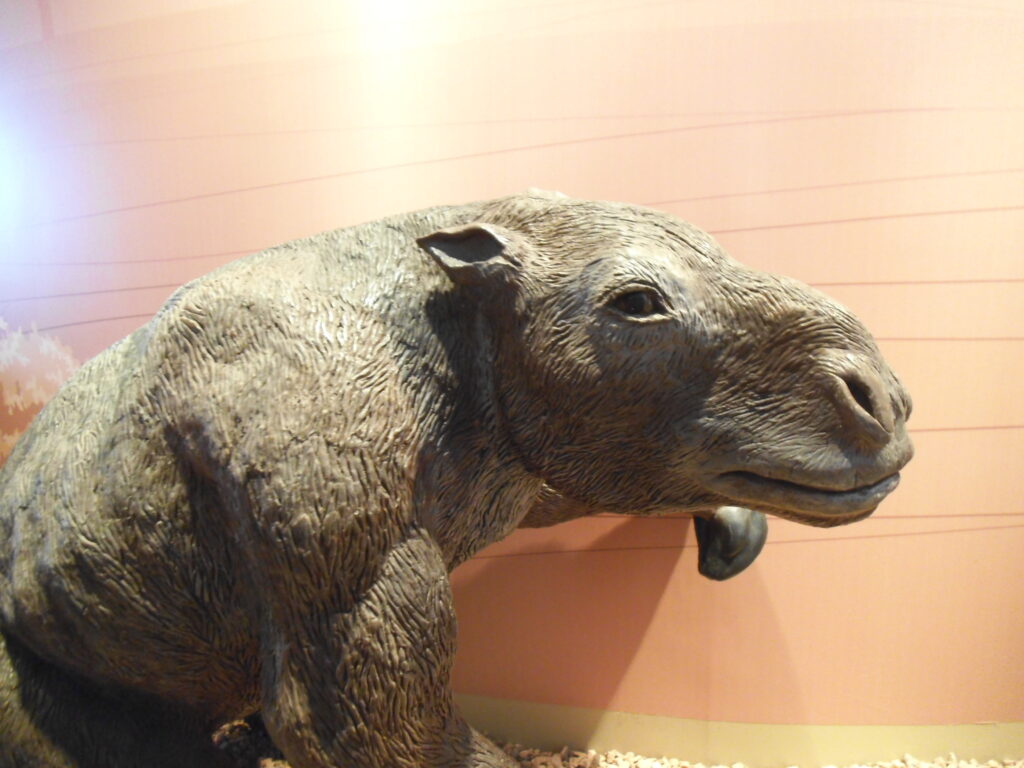
The persistent fascination with potentially surviving giant sloths reveals much about human psychology and our relationship with the natural world. On a fundamental level, the idea of rediscovering “extinct” creatures appeals to our sense of wonder and offers hope that not all human impacts on the environment are irreversible. For indigenous communities, creatures like the Mapinguari represent important cultural touchstones that connect present generations to ancestral knowledge and traditional ecological understanding. Among conservation biologists, the “lost world” narrative serves as a powerful motivator for protecting remote habitats that might harbor unknown biodiversity. The concept also continues to capture the public imagination through documentaries, fiction, and popular media, creating cultural touchstones that extend beyond scientific interest. This widespread fascination demonstrates how megafauna like giant sloths occupy a special place in our collective imagination—creatures so impressive that we resist accepting their complete disappearance from our world, reflecting our deeper anxieties about extinction and environmental loss in the modern era.
Conservation Implications: What If They Are Found?

The hypothetical discovery of living giant ground sloths would have profound implications for conservation biology and environmental protection efforts. Such a finding would immediately trigger international protection mechanisms, likely resulting in the establishment of special conservation zones in the discovery region. The scientific value of studying a “living fossil” would be immeasurable, potentially revolutionizing our understanding of Pleistocene ecology, extinction dynamics, and evolutionary adaptation. From a practical perspective, areas supporting giant sloths would require immediate protection from development pressures, potentially accelerating conservation efforts in critically threatened regions like the Amazon. Indigenous communities with traditional knowledge about these creatures would likely gain increased recognition for their ecological understanding and stewardship practices. However, the discovery could also create challenges, including potential conflicts between scientific research interests and indigenous rights, increased tourism pressure on fragile ecosystems, and even poaching risks as specimens would have enormous black market value. These considerations underscore the complex interplay between discovery, conservation, and human interests that would accompany such a momentous finding.
Conclusion: Between Science and Wonder
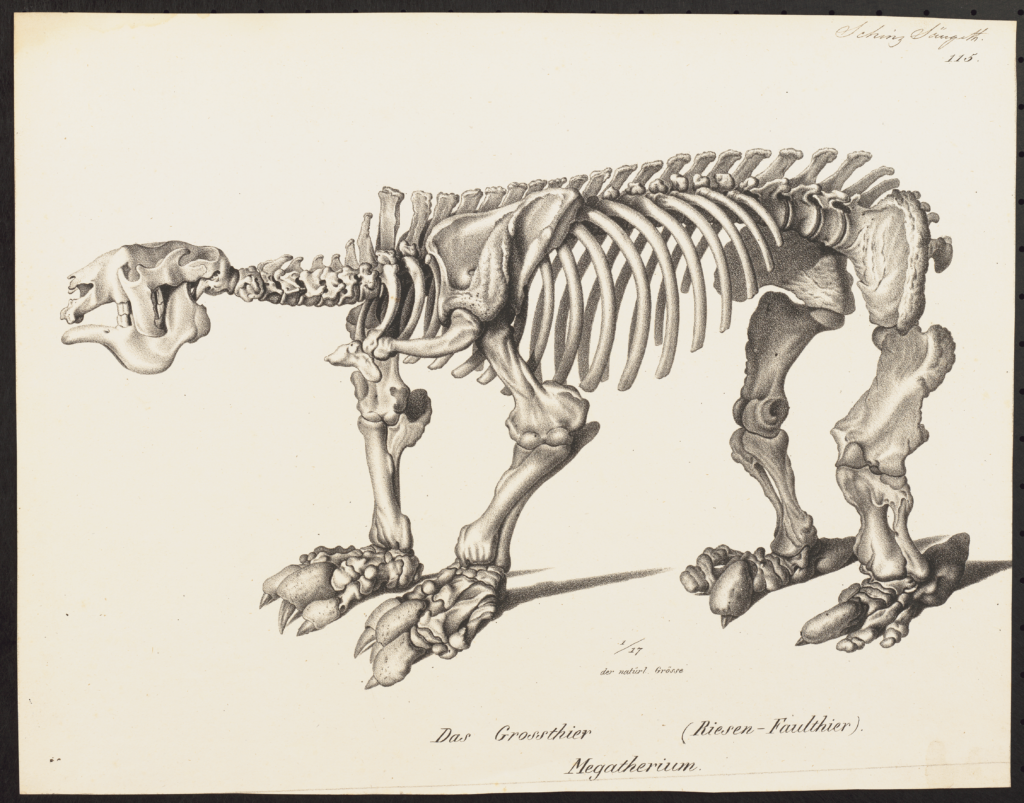
The case of the giant ground sloth occupies a fascinating intersection between rigorous science and the human capacity for wonder. While current evidence strongly suggests these magnificent creatures disappeared thousands of years ago, the persistence of credible local accounts and the vast unexplored regions of South America leave the door slightly ajar for the possibility, however remote, of their survival. What remains certain is that giant sloths continue to capture our imagination precisely because they represent a tangible connection to Earth’s mysterious past. Whether they exist only in the fossil record and in cultural memory or whether they still browse in some remote valley beyond human reach, giant ground sloths remind us of nature’s capacity for the extraordinary and the limitations of our knowledge. As exploration continues and technology advances, the final chapter of the giant sloth story may yet hold surprises—but until definitive evidence emerges, these creatures remain fascinating examples of how scientific inquiry and cultural mythology continue to shape our understanding of the natural world.




